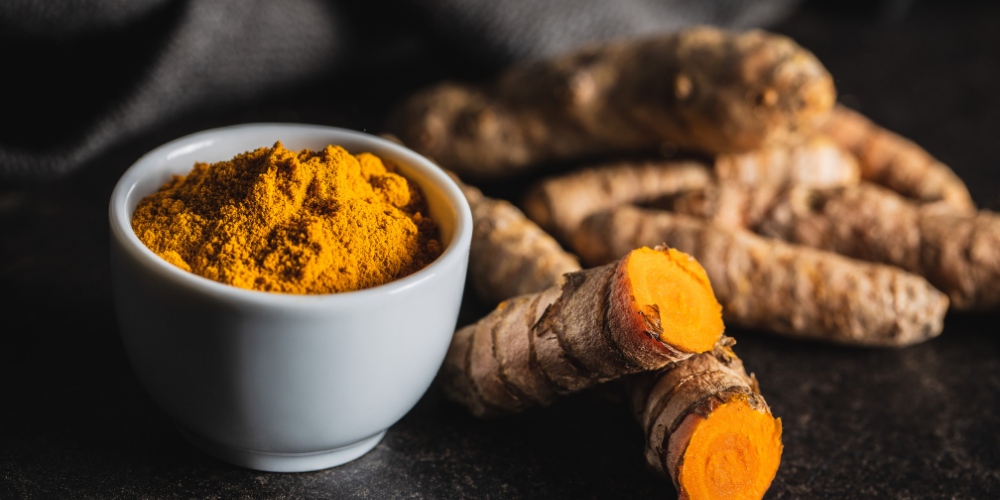Oman today_ Turmeric, scientifically known as Curcuma longa, belongs to the ginger family and originates from India. In addition to India, it is also cultivated in regions such as China and Malaysia. The underground part of the plant is typically harvested, cleaned, and dried under the sun before being ground into the well-known yellow powder. Its slightly bitter taste and warm, pungent aroma have made it one of the most commonly used spices in cooking, particularly in Indian curries. The distinctive yellow and orange color of turmeric comes from compounds called curcumin and desmethoxycurcumin, which make up about 3–5% of the plant. Alongside these, turmeric also contains aromatic essential oils, including turmerone, zingiberene, and germacrene, which contribute to its unique fragrance.
Beyond its culinary uses, turmeric is valued for numerous health benefits. It helps lower blood sugar and supports insulin secretion in diabetic patients, has antioxidant properties stronger than vitamin E, prevents cancer-related mutations, reduces inflammation, improves heart health, and lowers cholesterol. Consumed in moderation, it also aids digestion and reduces bloating, although excessive intake may irritate the digestive system and even cause stomach ulcers. Its essential oil exhibits antimicrobial and antifungal activity, effective against bacteria such as Staphylococcus and Streptococcus. Because of these properties, over seventy pharmaceutical products worldwide are derived from turmeric, many of which are used to treat liver and gallbladder conditions.
Experts recommend a daily intake of about 1.5 to 3 grams of turmeric, noting that whole roots and rhizomes retain their properties longer than ground powder. For better storage, turmeric powder should be kept in tightly sealed dark glass or metal containers, since exposure to heat and time can reduce both its aroma and its beneficial effects.

